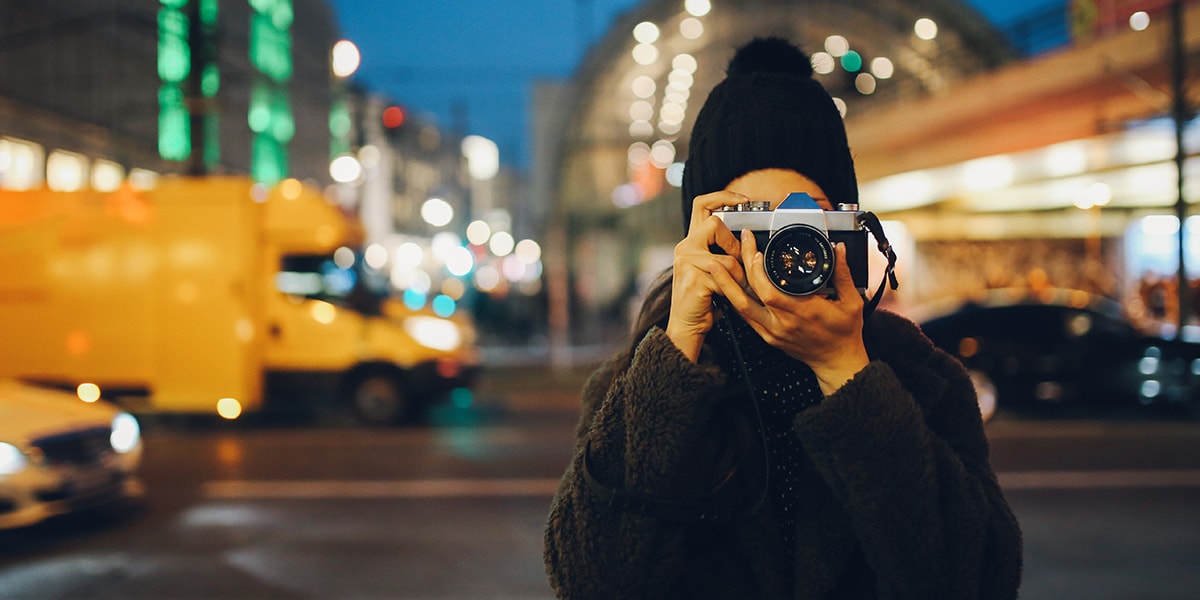The Buzz on Framing Streets
The Best Strategy To Use For Framing Streets
Table of ContentsAn Unbiased View of Framing StreetsThe Facts About Framing Streets UncoveredThe Definitive Guide for Framing StreetsSome Ideas on Framing Streets You Need To Know

Both at the Museum of Modern Art (Mo, MA). Influenced by Frank, in the 1960s Garry Winogrand, Lee Friedlander and Joel Meyerowitz began photographing on the roads of New york city. Phil Coomes, composing for BBC News in 2013, stated "For those people interested in street photography there are a couple of names that stand out and one of those is Garry Winogrand"; critic Sean O'Hagan, creating in in 2014, claimed "In the 1960s and 70s, he specified street photography as a perspective along with a style and it has actually laboured in his shadow ever before given that, so clear-cut are his photos of New York." Going back to the UK in 1965 from the US where he had fulfilled Winogrand and embraced road photography, Tony Ray-Jones transformed a wry eye on frequently surreal collections of British individuals on their vacations or getting involved in festivals.
Street photography is a vast style that can be defined in several ways, however it is typically identified by the spontaneous recording of an unrepeatable, fleeting minute, usually of the everyday going-ons of complete strangers. It is classically shot with broader angle lenses (e. g. 35mm) and usually includes metropolitan atmospheres.
About Framing Streets
Documentary digital photographers typically have a specified, premeditated message and an intent to videotape specific events in background (https://allmyfaves.com/framingstreets1?tab=Framing%20Streets). The range of the docudrama strategy incorporates facets of journalism, art, education, sociology and history. In social examination, documentary photos are frequently intended to prompt, or to highlight the need for, societal modification
Street digital photography is typically viewed as unposed and honest, but there are a few street professional photographers who communicate with complete strangers on the streets and take their portraits. Road portraits are unplanned portraits taken of unfamiliar people while out doing road photography, nonetheless they are viewed as presented since there is communication with the subject.
e. 'honest photography' by meaning) for art objectives has been controversial. Photographing individuals and areas in public is lawful in a lot of nations shielding freedom of speech and journalistic flexibility. There are usually limitations on just how pictures of people may be utilized and most countries have specific legislations pertaining to individuals's personal privacy.
Top Guidelines Of Framing Streets
While the common-law districts comply with the UK, relative to the freedom to take images in a public area, Quebec law supplies that, in the majority of scenarios, their magazine can happen only with the authorization of the subjects therein. The European Union's Civil rights Act 1998, which all EU countries have to maintain in their residential legislation, develops in a right to personal privacy. Of liberty of expression. While also limiting photography in order to safeguard privacy rights, street photography can still be lawful in France when pursued as an art type under specific circumstances.

. that just strayed into a scene), or who are not also recognizable in the photo. https://www.mixcloud.com/framingstreets1/. It likewise does not typically reach people that are somebodies (e. g - Street photography. political leaders or celebs). If a picture is taken into consideration art, the courts will certainly also take into consideration the photographer's flexibility of artistic expression; indicating that "artistic" road digital photography can still be legitimately published in specific cases
The smart Trick of Framing Streets That Nobody is Talking About
In Greece the right to take photographs and release them or market licensing legal rights over them as art or editorial content is safeguarded by the Constitution of Greece (Article 14 and other articles) and totally free speech legislations as well as by case regulation and lawful situations. Photographing the cops and publishing the photographs is likewise legal.
In Hungary, from 15 March 2014 anybody taking photographs is practically breaking the legislation if someone wanders into shot, under a brand-new civil code that bans taking photos without the approval of everybody in the photograph - Best Zoom Lens. This expands the regulation on approval to include the taking of pictures, along with their magazine
'Covert photography' (kakushidori hidden, surreptitious photography) look these up 'swiped digital photography' (nusumitori without any intent of obtaining permission) and "quick photography' (hayayori before authorization and rejection can be provided) are forbidden unless in the former permission is gotten from the subject immediately after taking the image. People have rights to their images (shzken, droit de photo).